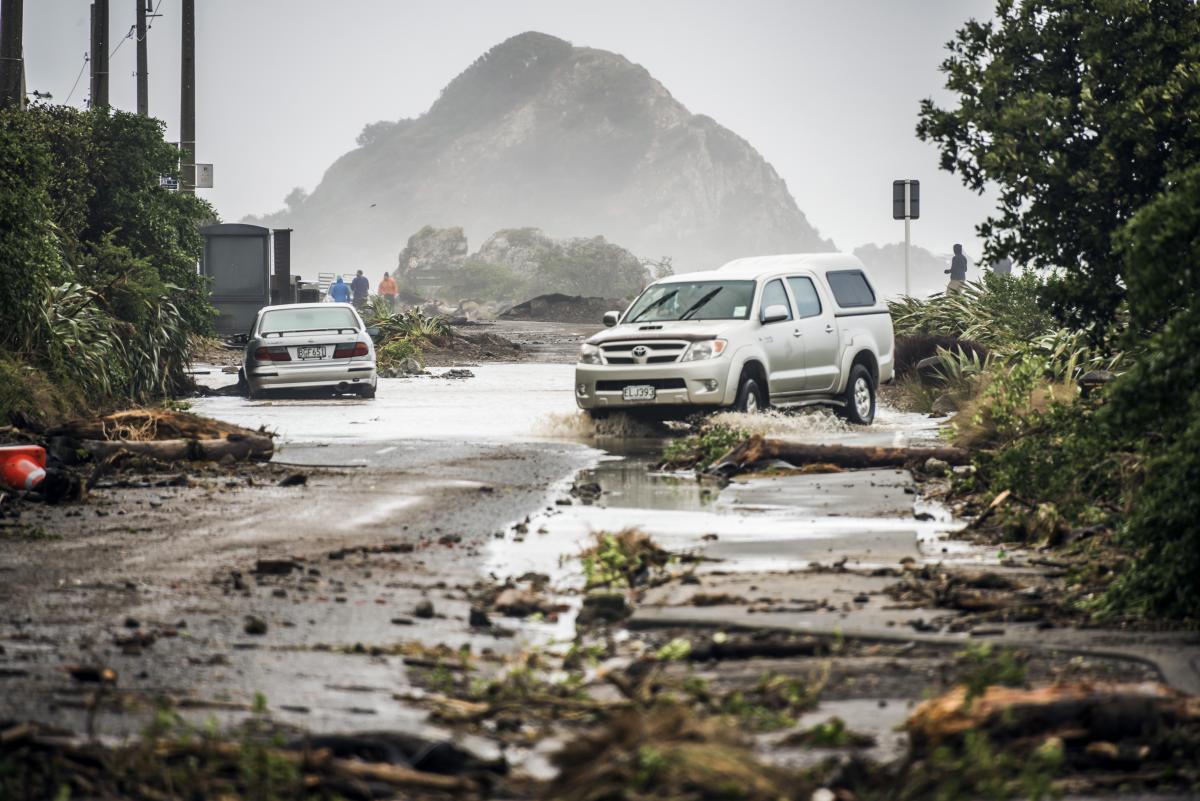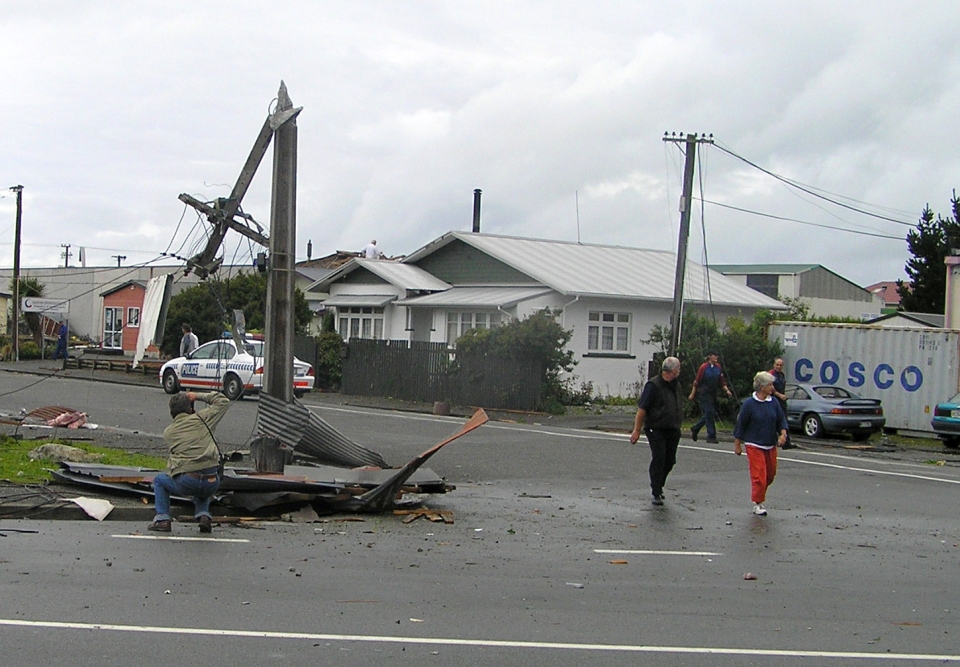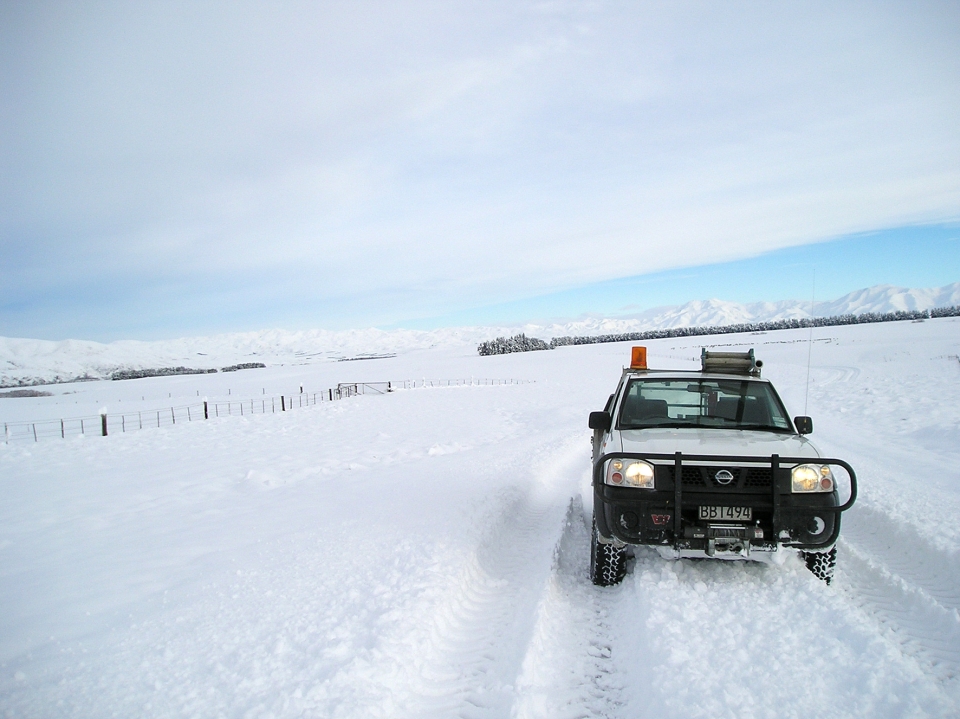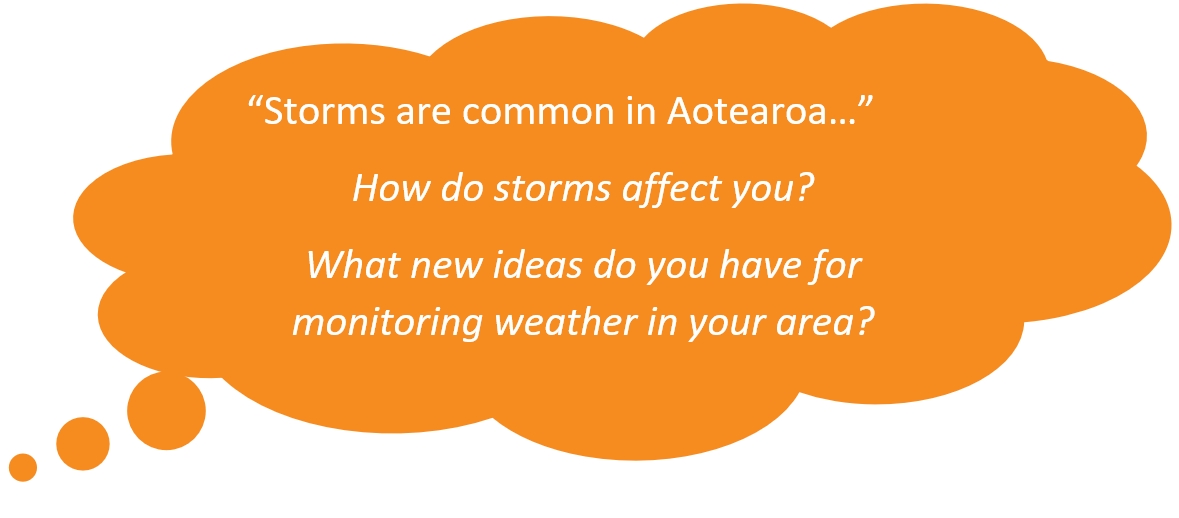You can contact LEARNZ, part of CORE Education, at:
Postal Address:
PO Box 13 678,
Christchurch 8141,
New Zealand

Storms can happen any time of the year. They bring heavy rain, hail, lightning, strong winds, and tornadoes.
Storms can also cause flooding and storm surges, snow, and landslides.
Dangers from storms include;
Aotearoa New Zealand often gets hit by storms as it lies in the ‘Roaring Forties’, between 40 and 50 degrees latitude south, where mild air temperatures from the north meet cooler air from the south.
Storms create different types of severe weather in Aotearoa.
Heavy rain can cause stream and river levels to rise, leading to dangerous fast-flowing currents. High river levels with strong currents can destroy bridges and result in flooding.
Large hail stones can damage cars and roofs, and can break glass. Crops can be ruined and livestock killed. In large quantities, small hail stones can build up to centimetres deep on the ground, making driving dangerous.
Strong winds can fell trees and poles, tear off roofs and cause flying objects. Gales are classed as winds that reach gusts of 62kmh for a minimum of 10 minutes. When forecasters warn of gales, this means winds would frequently be at this speed and over. Gales occur more often on the mountains and over the sea.

Tornadoes sometimes occur during thunderstorms in some parts of Aotearoa New Zealand. A tornado is a narrow, violently rotating column of air extending downwards to the ground from the base of a thunderstorm. Tornadoes in Aotearoa are generally small and weak, however, there is significant damage and threat to public safety when one or more tornadoes pass through a built up area.
Cyclones are large revolving storms that develop in the tropics. They are also called hurricanes or typhoons. Cyclones have a wind-speed of more than 120 kilometres per hour, but usually weaken as they meet the cooler sea temperatures around Aotearoa so that they are not classified as cyclones by the time they reach our shores.
Ex-cyclones are still dangerous storms that can cause major damage in Aotearoa.

 Snowstorms
SnowstormsA snowstorm is a very heavy snowfall, usually accompanied by strong winds. Large snowfalls can make driving dangerous and on mountains they can increase the risk of avalanches, which can fall onto roads and ski fields. In very large amounts, snow can isolate communities, cut communications, disrupt power supply and cause buildings to collapse.
Coastal areas can suffer from storm surges, which are extra-high waves caused by low pressure in the air above the sea that causes the sea-level to rise.
Complete the Storms quiz.
> Discover more about weather and severe weather events